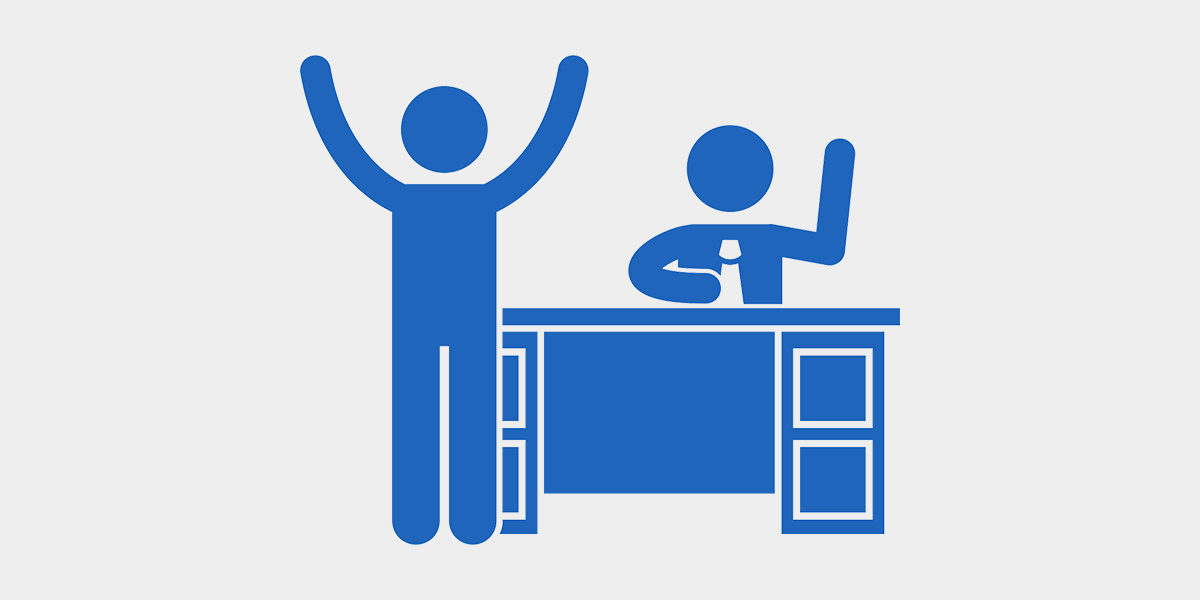Almost 10 years ago, I visited a designer friend who worked at Google’s Mountain View headquarters. The office tour was impressive, as expected. But what’s stuck with me for all of these years was lunch. Yes, lunch. We had king crab legs. All you could eat. For free.
Google’s employee perks are the stuff of legend. In addition to free—and healthy!—lunches, Google provides benefits like onsite massages, fitness classes, and haircuts; commuter busses with Wi-Fi; generous maternity and paternity leave; and a companywide mandate to spend 20% of the workweek on passion projects. Many of these programs enhance employee productivity: After all, if you don’t have to leave work early to pick up your dry cleaning or make a doctor’s appointment, that’s buy naltrexone from india more time that you can spend coding or discussing a new project with team members.
Perhaps more importantly, these programs all serve to make Google’s employees happy. In fact, Google was named the #1 Best Place to Work in Glassdoor’s 2015 Employees’ Choice Awards.
But employee happiness isn’t just a Silicon Valley fad. It’s essential for any company—in any part of the world—that wants to improve its customer experience. In a study of two-dozen global retailers, customer experience analytics firm ForeSee found a positive correlation between employee engagement and customer satisfaction.
So what can you do if you want to make your employees happy—but free haircuts and king crab legs just aren’t within your company’s reach? Good news: The steps you can take to improve your employee experience are strikingly similar to programs you might already have underway to design and manage your customer experience.
- Listen to what employees have to say. Just as a Voice of the Customer program collects and analyzes what your customers are saying, a Voice of the Employee program can help surface challenges that employees are facing in the course of their jobs—and their ideas on how they might solve those challenges.
- Map the employee experience. Journey maps aren’t just for documenting your customers’ experiences. You can easily map out the journey that your employees go through as they’re recruited, hired, onboarded, work at your company, and inevitably leave. Use these maps to identify—and fix—employee pain points.
- Follow a defined design process. Use a human-centered design process to proactively design your employee experience. This process starts with qualitative research into your employees’ needs, desires, and current behaviors—with the goal of developing empathy for them and defining the problem you need to solve. (This is an ideal place to integrate insights from your Voice of the Employee program.)
- Co-create with employees. The next steps in your design process should be ideating solutions to a problem, creating prototypes of those solutions, and testing those prototypes. Each of these is an ideal place to get employee input through surveys, usability tests—or better yet, hands-on working sessions. Who better to help create a prototype of a new healthcare benefit, payroll process, or IT help desk request system than the employees who will be using it? Best of all, being part of the design process helps create buy-in among employees, leading to smoother adoption of new processes and tools.




